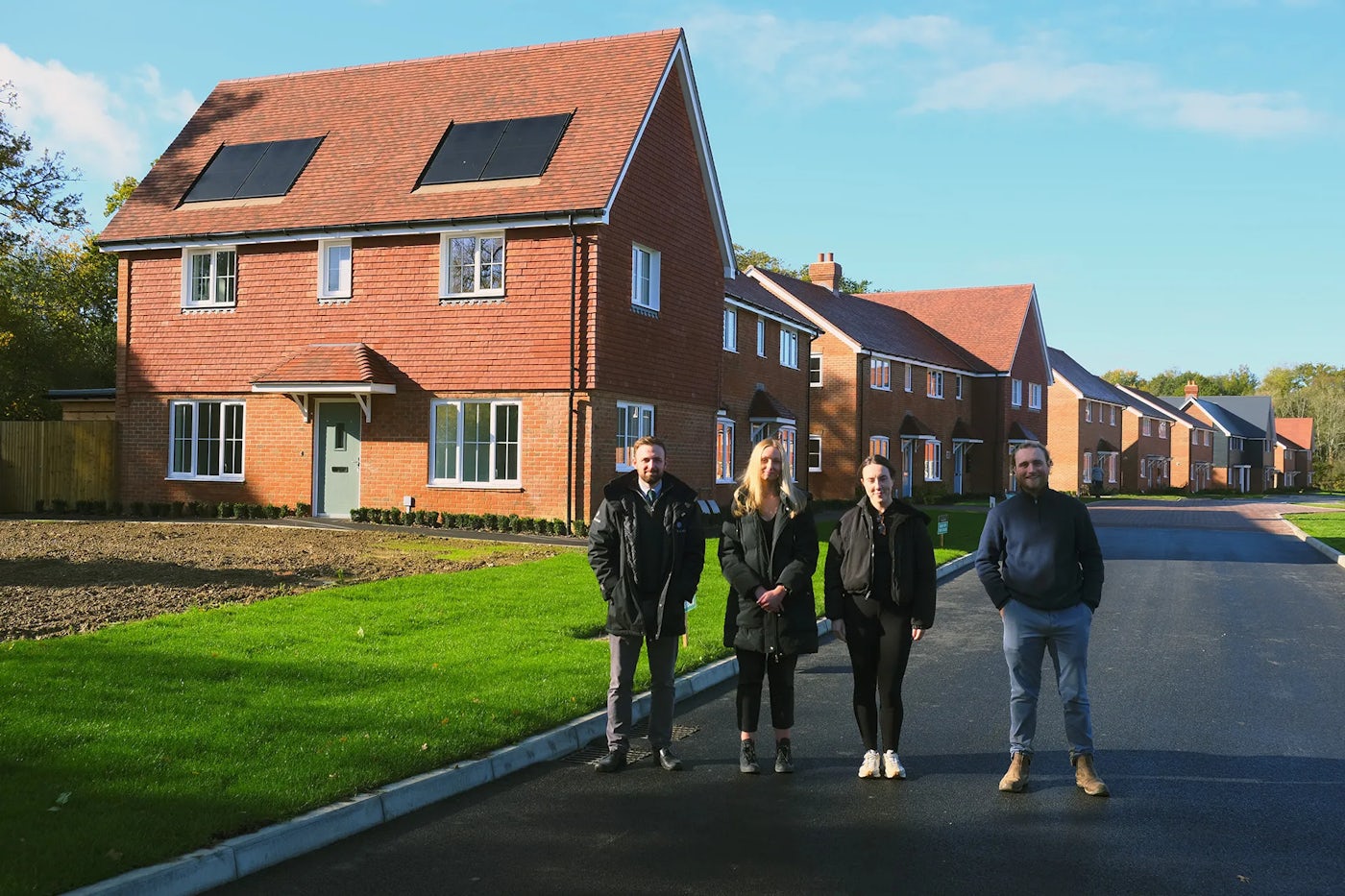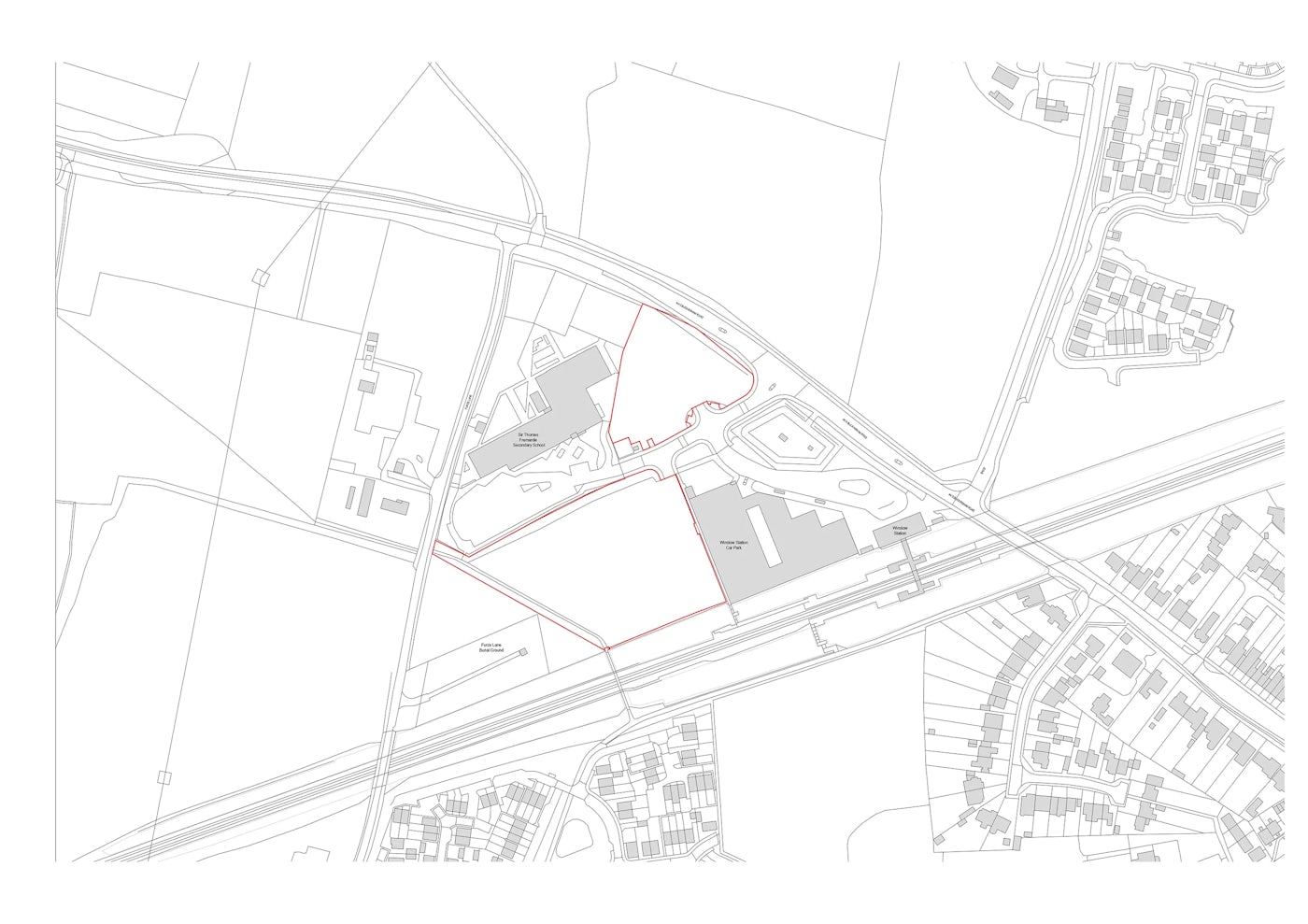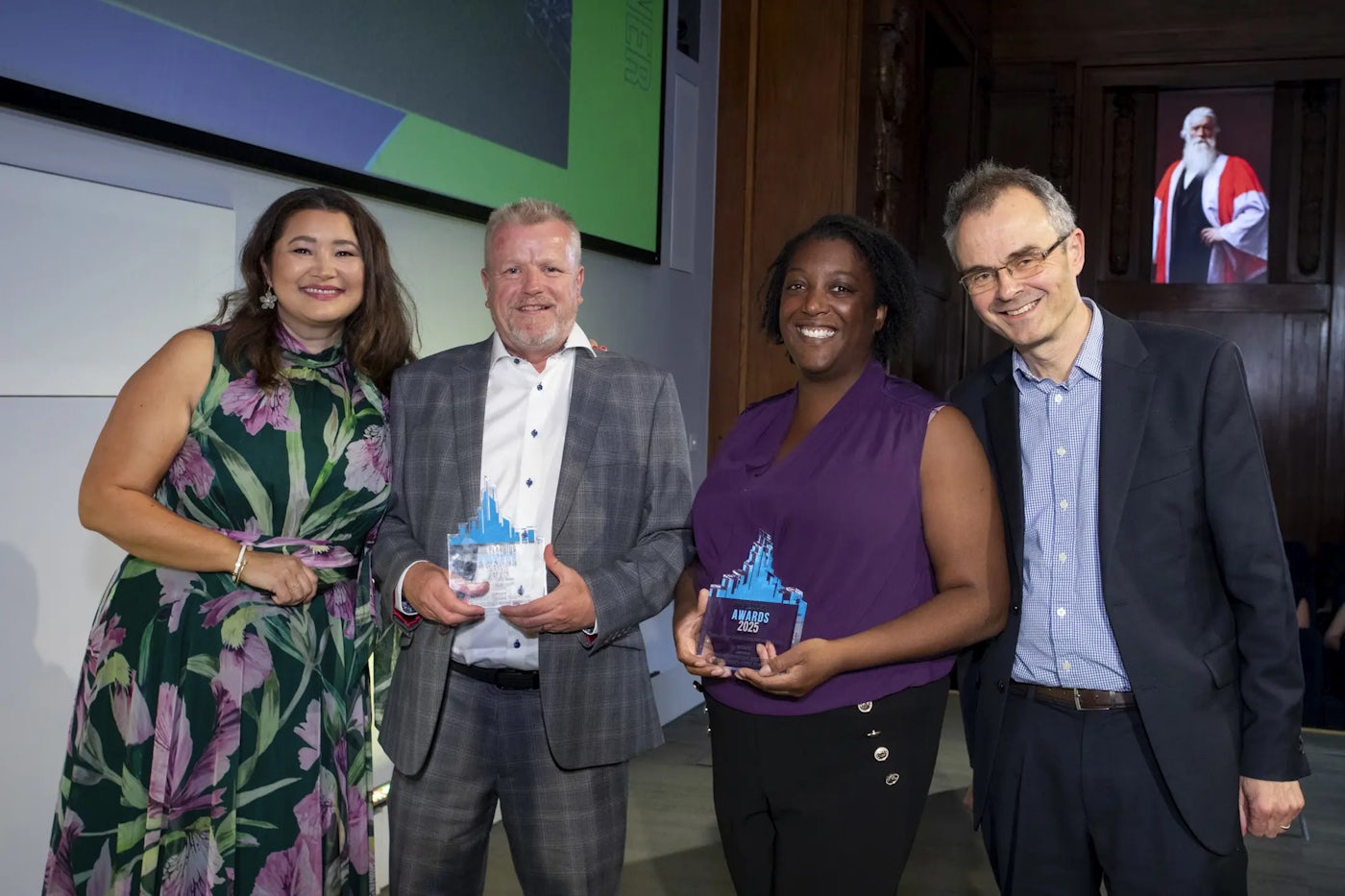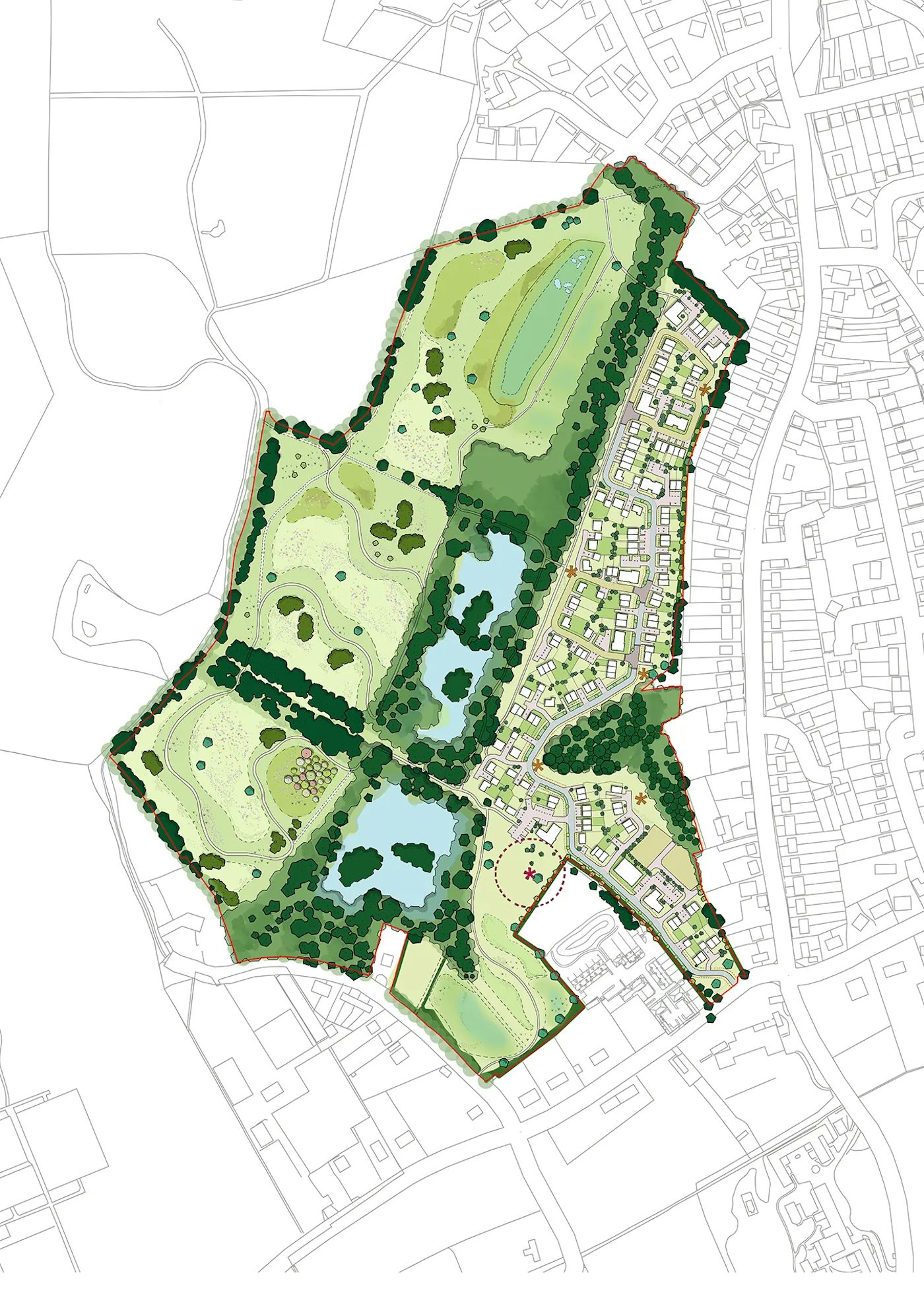Public consultations & local engagement
We build relationships with the local authorities and community groups in the areas we work.

Working with the community for the community
For the planning process to work, we work closely with councils and residents. It’s only by working together that we can create communities that will thrive for generations.
We’re infrastructure led – delivering local services early on in the development.

Engaging with local government to support housing demand
We work at both a local and national level to help build policy which supports the delivery of new homes. What makes us unique is our deep understanding of political agendas.
Local stakeholders play a key role in the planning process. Our in-house External Affairs team engages directly with stakeholders at all levels.
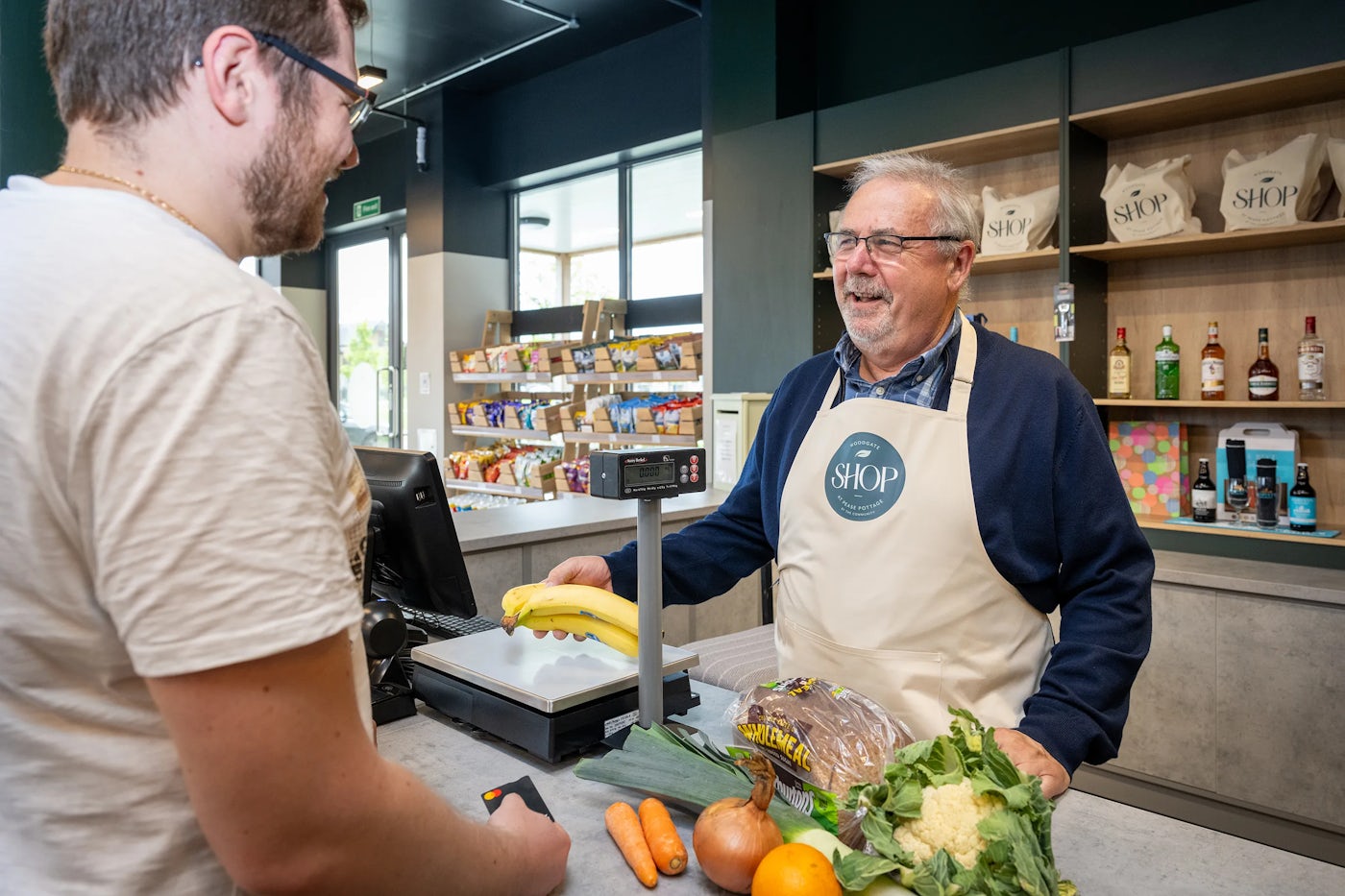
Positive change for strong communities
We work with community groups, charity partners and sponsor events in the areas we work. With their help, we identify what infrastructure they need when planning new homes.
We’re infrastructure first – building community-owned facilities early in the development. Owned and run by the community, for the community.

Funding local services through Section 106 and CIL
Sometimes our plans aren’t large enough to deliver infrastructure on site. When this happens, we fund local services through a Section 106 agreement.
A Section 106 is a legal agreement with the local planning authority. It ensures the existing local services have the funding needed to support new homes.
The Community Infrastructure Levy (CIL) is a further tool used by local authorities. It funds infrastructure improvements from new development.

Consulting with local communities on our plans
Involving the community at an early stage, their views are key to shaping our final plans. Our team works hard to reach people in the communities, so they can have their say.
By listening and responding to the community, we adapt our proposals where possible. We provide regular updates to maintain relationships for the development’s life cycle.

Get in touch
Looking to sell your land? We provide quick decisions on plots over 5 acres in the South of England.
Find out today whether your land has residential development potential.
